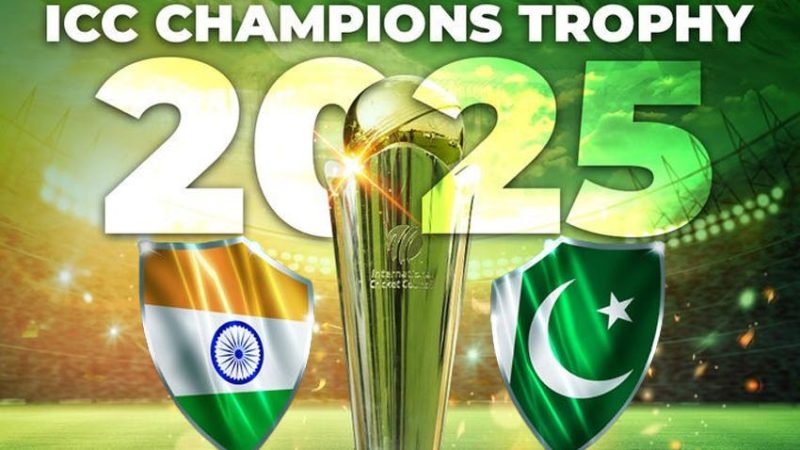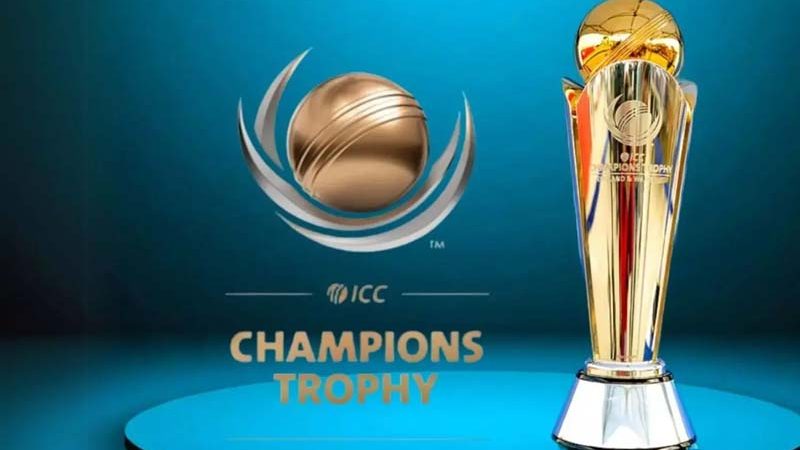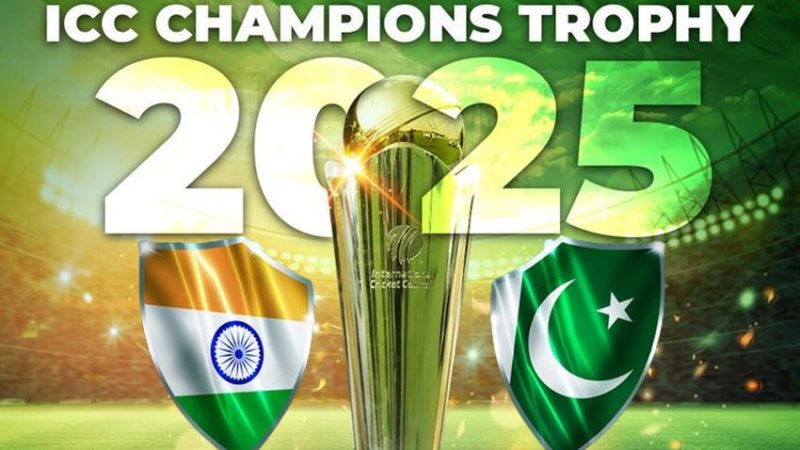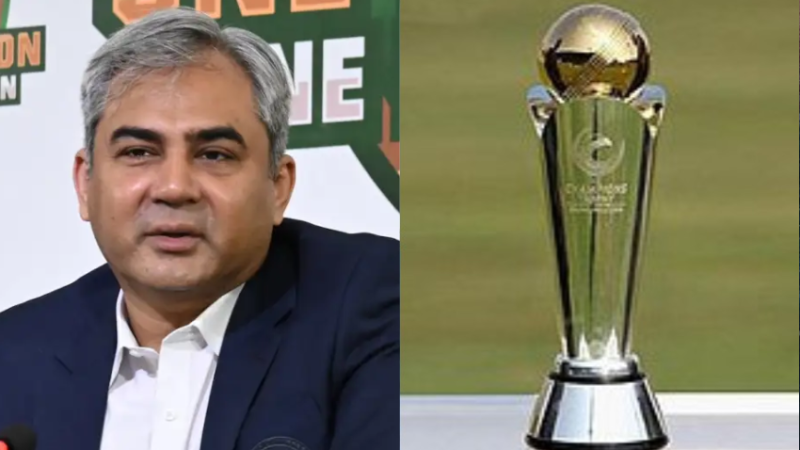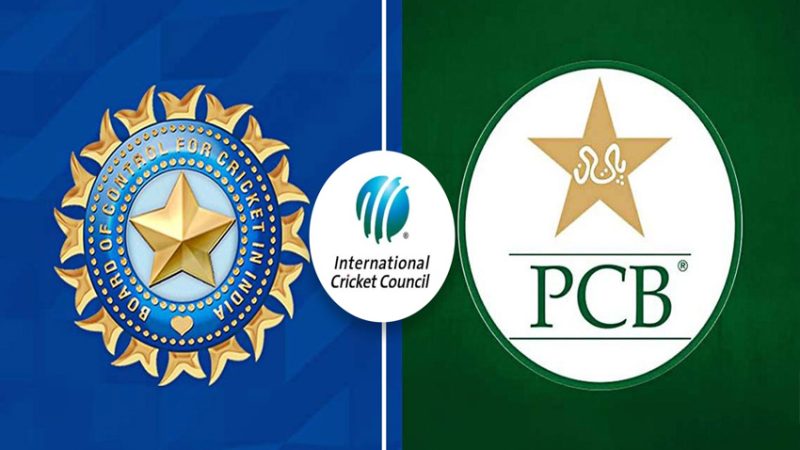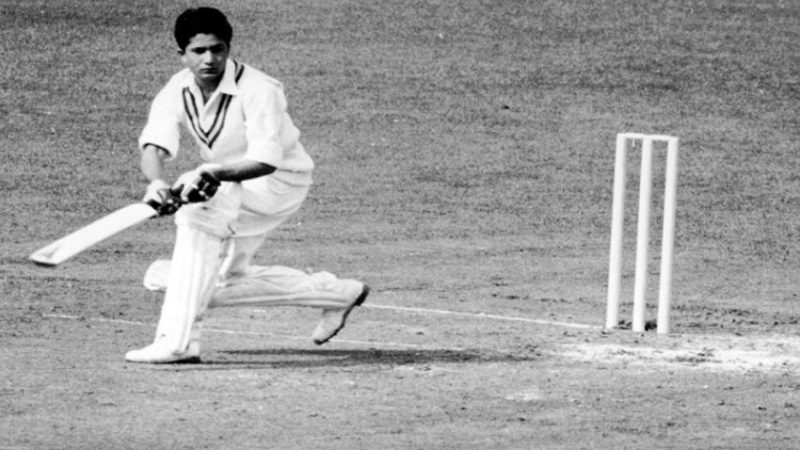Eduardo Camavinga: the future of Real Madrid is in his hands.
Eduardo Camavinga isn’t accustomed to waiting. this is often a man for whom everything has happened in a tremendous hurry. The youngest player in Rennes’ history, at 16 years and 4 months. The youngest to be named player of the month in Ligue 1. The youngest male France international for quite 100 years. For Camavinga, the trajectory of his career has been steep, swift and spectacular. Until, that is, he joined Carlo Ancelotti’s Real Madrid, and was forced to bide his time.
Camavinga signed for Madrid on the ultimate day of last summer’s transfer window, an all-action midfielder coveted across the continent. The fee, £26.6m with add-ons, looked a bargain for a teenage prodigy of rare versatility and poise. With Toni Kroos and Luka Modric well beyond 30 and Casemiro having just crossed that threshold, Camavinga was rapturously welcomed within the capital, and immediately tipped to require the Bernabéu by storm.
At which point, not much happened. It took Camavinga a month to urge his first start. it had been November before Ancelotti trusted him with a full 90 minutes in the league. Of his 39 games for Madrid this season, 23 have come as a substitute. He was on the bench for his or her last 10 Champions League games, including their entire run through the knockout stages. He will probably start on the bench again in Saturday’s final against Liverpool. And yet, with the possible exception of Karim Benzema, there’s no Madrid player whose contribution will be more eagerly anticipated, no player of whom Liverpool are going to be more wary.
To discover why, you would like to look beyond the simple numbers. Camavinga has been Madrid’s 15th-most used player during this season’s Champions League, contributing just one assist. But their run to the ultimate has been secured on the back of three stunning second-leg comebacks against Paris Saint-Germain, Chelsea and Manchester City. Without Camavinga, they might probably have lost all three.
Against PSG, he replaced Kroos on the hour, allowing Modric the liberty to roam further forward and link up with Benzema, whose hat-trick turned a 2-0 aggregate deficit into a 3-2 win. Against Chelsea, his introduction immediately transformed a game that Real were meekly surrendering but eventually won 5-4 on aggregate. Against City, he was simply everywhere: approaching after 75 minutes, ending City attacks, spreading play quickly, playing the cross from which Madrid would score the primary goal in a remarkable 3-1 comeback victory.
What linked all three performances – 125 minutes during which Madrid scored eight times and conceded once – was speed. Camavinga may be a player of immense physical gifts – pace, agility, balance, strength – but his real talent is speed of thought, the power to see things quicker than anyone else. To snuff out the counterattack when it’s still a concept. To play the aerial with just enough speed and spin. His long diagonal balls are notable for his or her flat, skimming trajectory, switching the angle of attack without allowing defences time to reset themselves.
All of which raises a stimulating question: if Camavinga is so good, then why hasn’t he played more? Why isn’t he starting? “I don’t like not playing,” he admitted in an interview last week. But he’s also a realist. He knows that in Modric, Kroos and Casemiro he’s trying to dislodge three of the greatest midfielders in the modern game. then for now Ancelotti has convinced him – with his usual charm – to channel his energies into a high-impact closing role, seizing games against tiring opponents.
“He must learn and gain experience,” Ancelotti said earlier this season. “He doesn’t have it yet, but he’s only 19 years old. a day that he trains with Modric, Kroos or Casemiro may be a master’s degree. Camavinga is that the present and the future of this club.”
And all the evidence suggests that Camavinga is learning. After all, he has always had to grow quickly: born during a refugee camp in Angola, mentioned in Fougères in the west of France, groomed for footballing stardom from an early age. When he was 11, his family lost everything they owned during a house fire. “You will rebuild this house,” his father told him. Now, as a man, Camavinga could also be about rebuild Madrid.
After years of gravity-defying excellence, Kroos appears to be in gentle decline. Modric remains brilliant but will turn 37 in September; meanwhile, the pursuit of Aurélien Tchouaméni from Monaco may be a recognition of the need for a long-term replacement for Casemiro. for nearly a decade this trio have defined the identity of a Madrid team that crave control, that gently try to strangle opponents. Camavinga represents a special ideal entirely: quicker, more dynamic, more vertical, more aggressive. If Modric and Kroos show where Madrid have come from, it’s Camavinga who shows us where they may be going.
And so to Paris in the springtime, and a game that a lot of of Real’s veterans – right the way up to Ancelotti himself – will probably take in their stride. against this , this may be the biggest 90 minutes of Camavinga’s short career, whether or not he will probably spend a fair chunk of them watching from the sidelines. Either way, for those folks waiting to see what this most precious of talents can do on the very biggest stage, the wait may be over.


